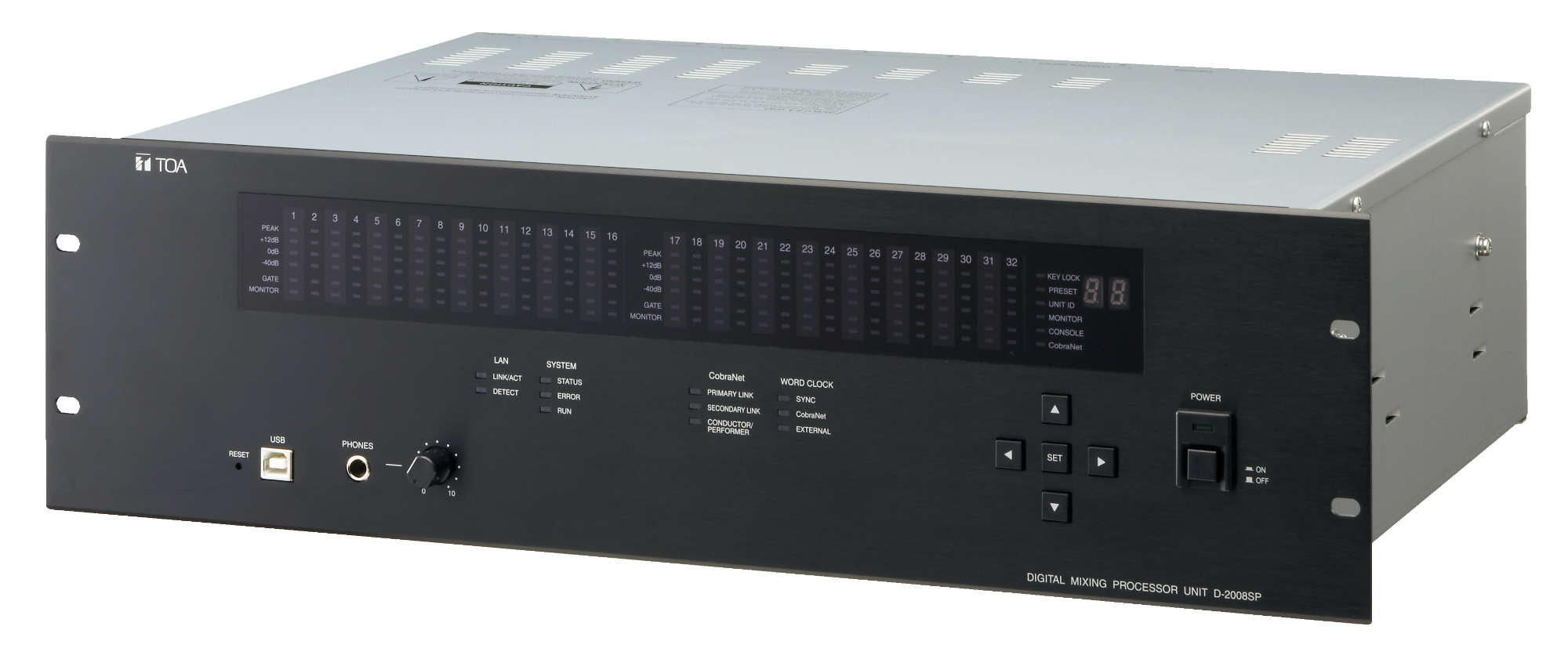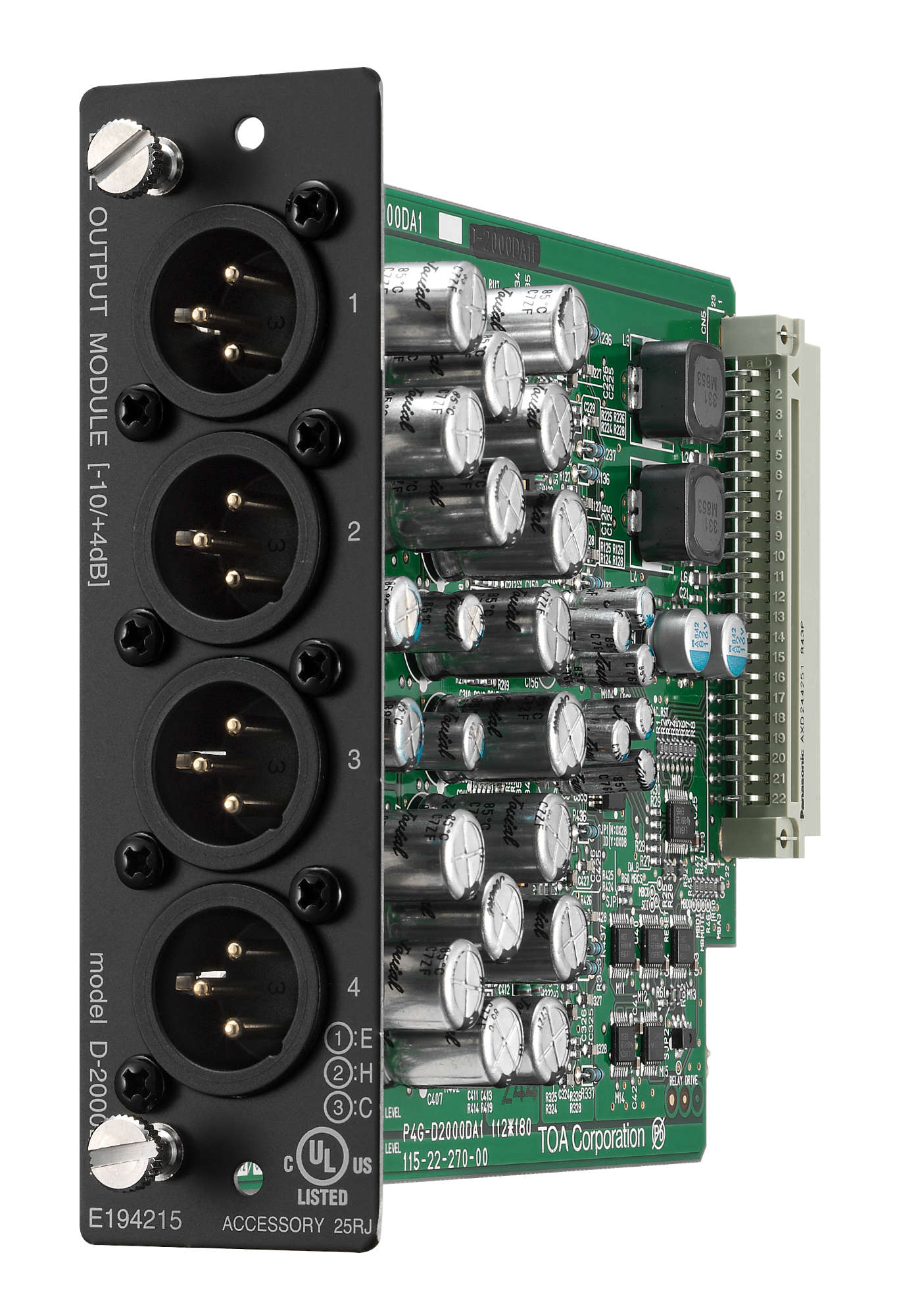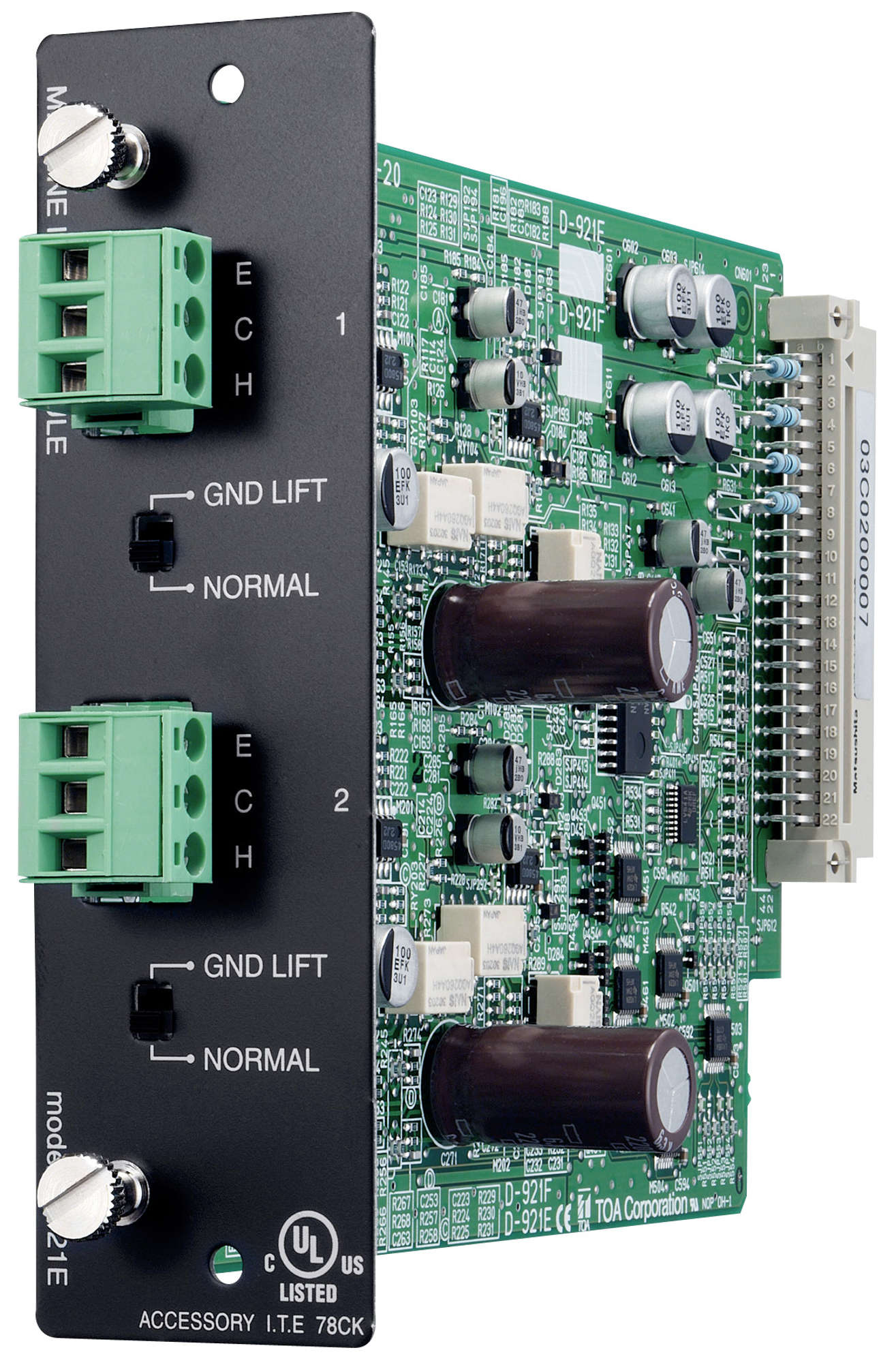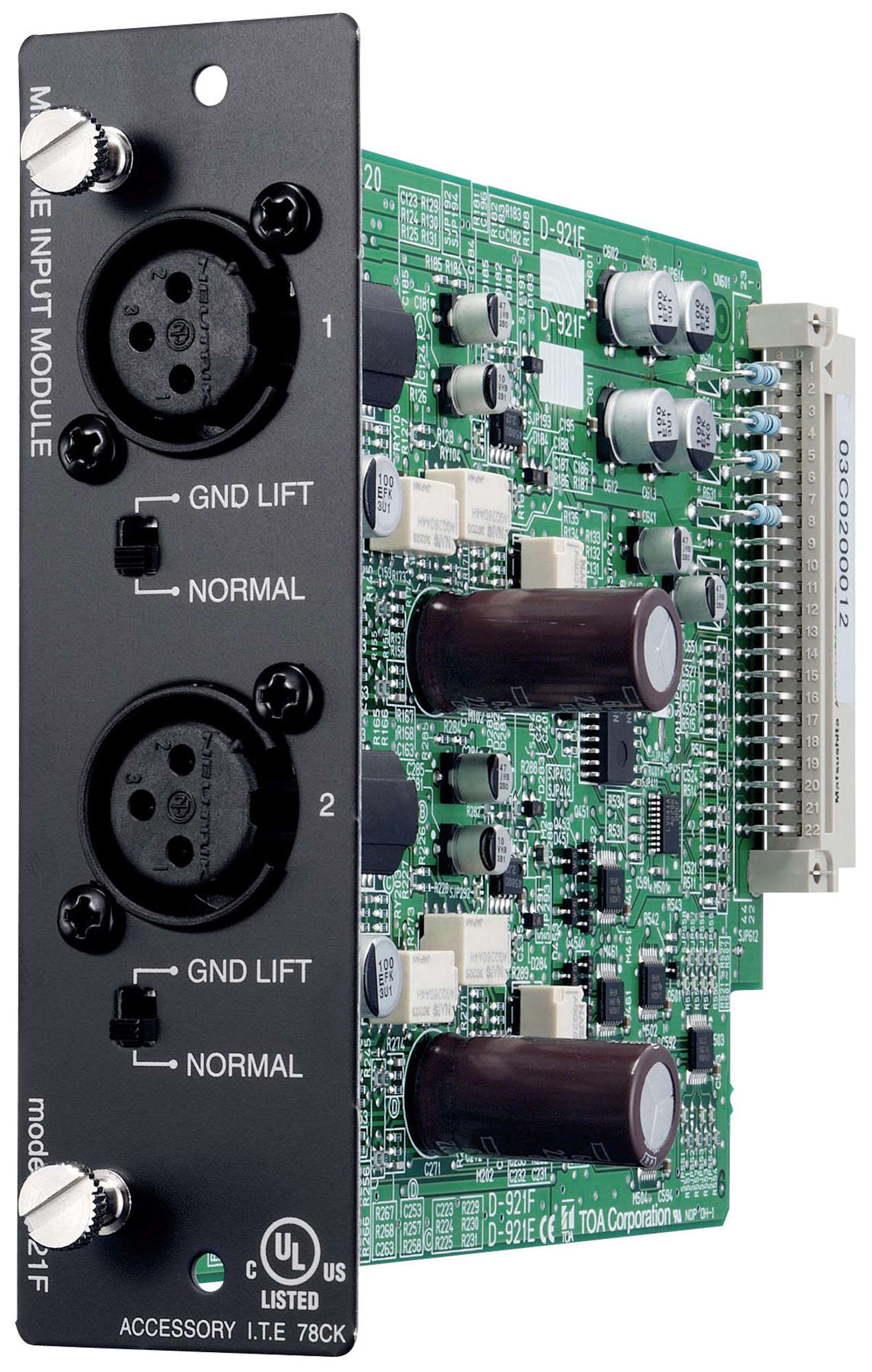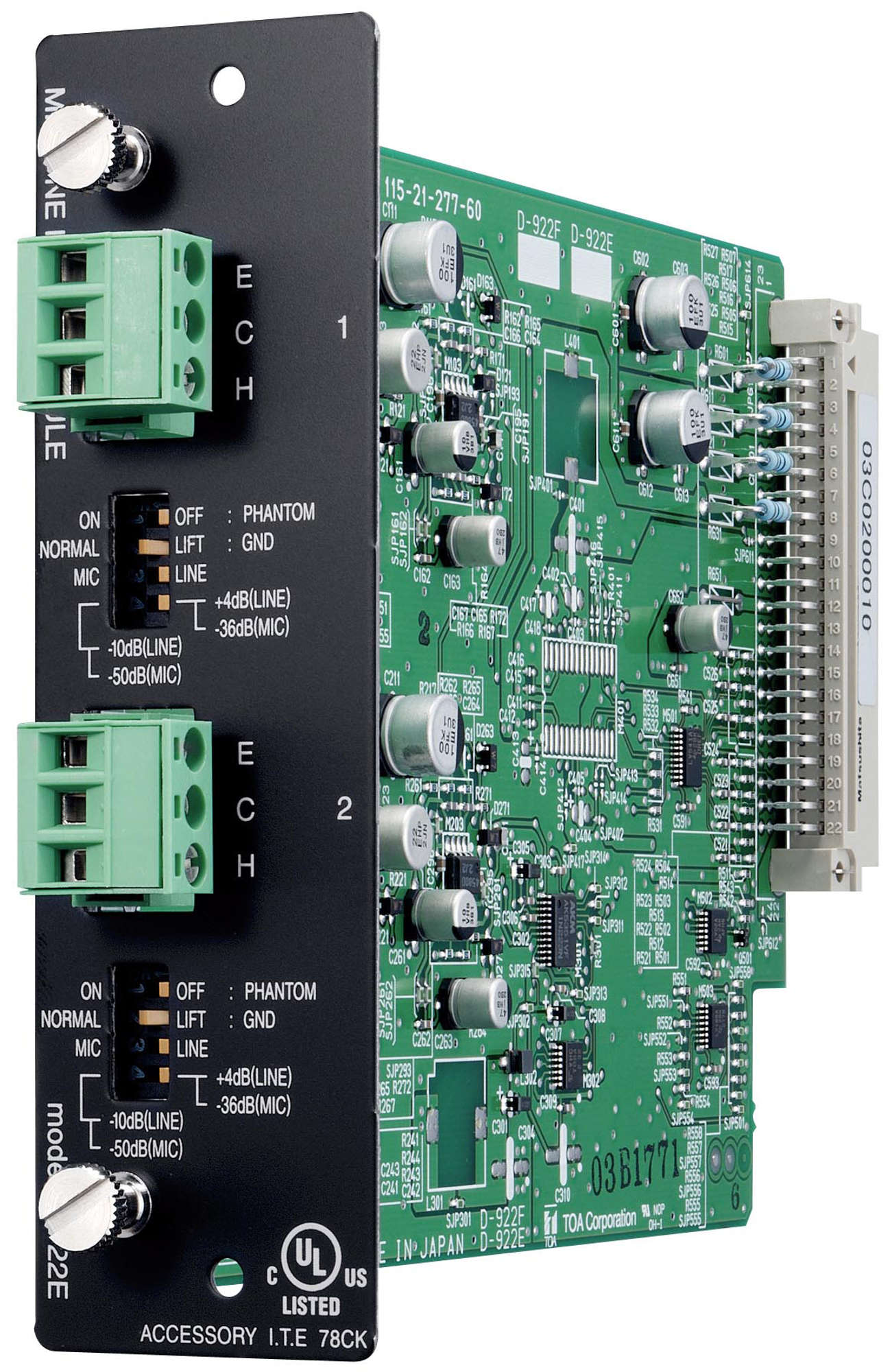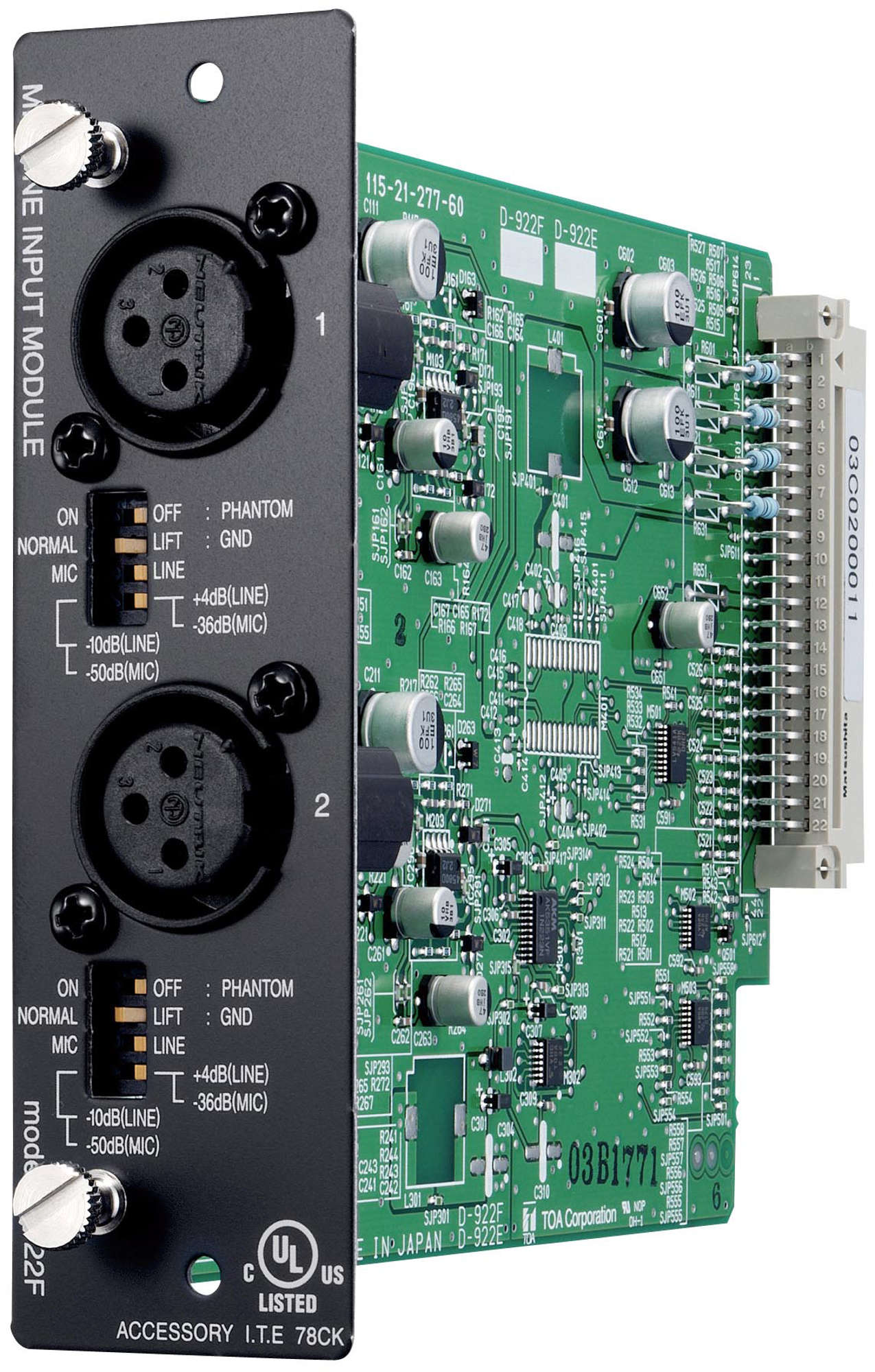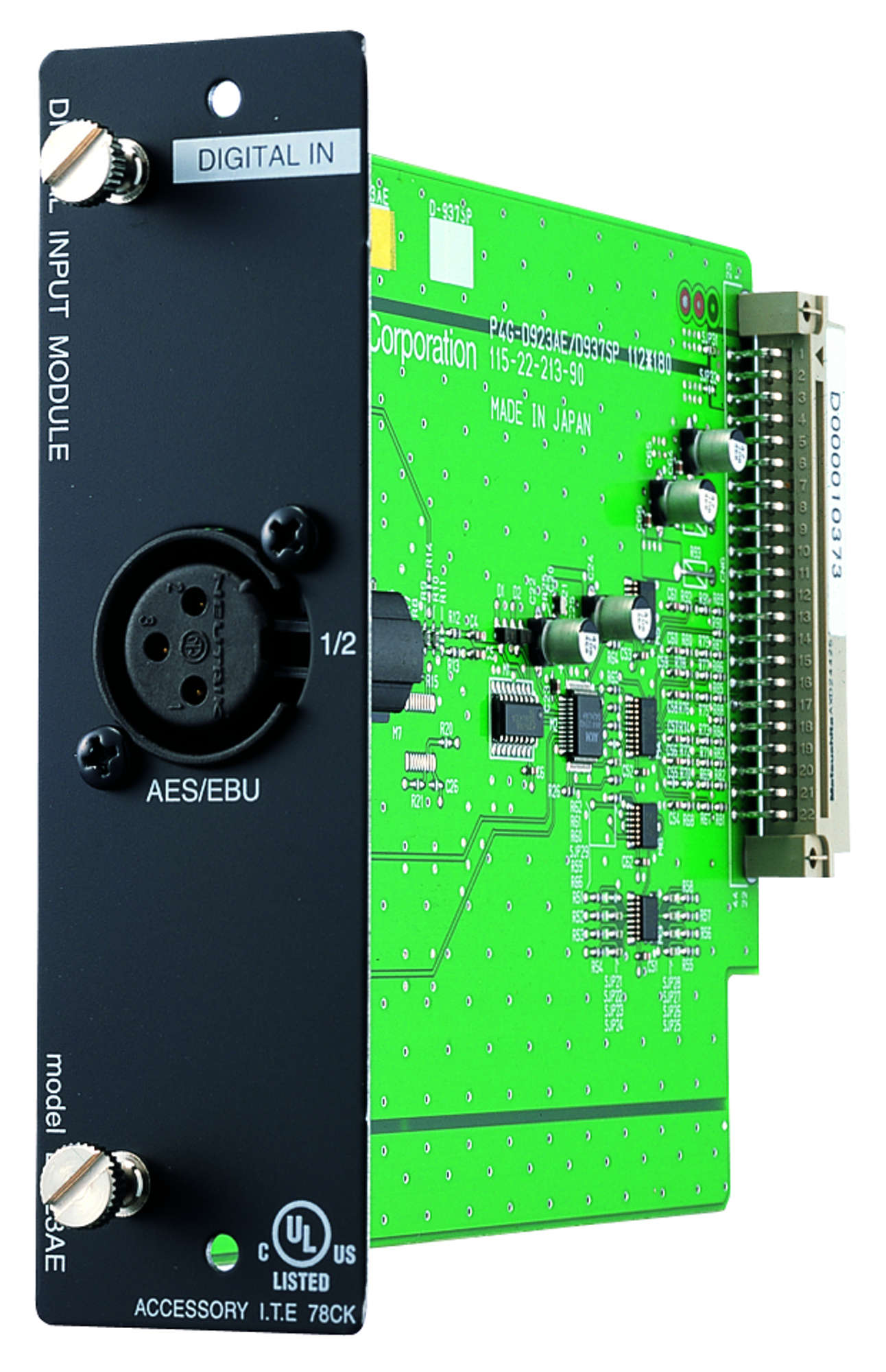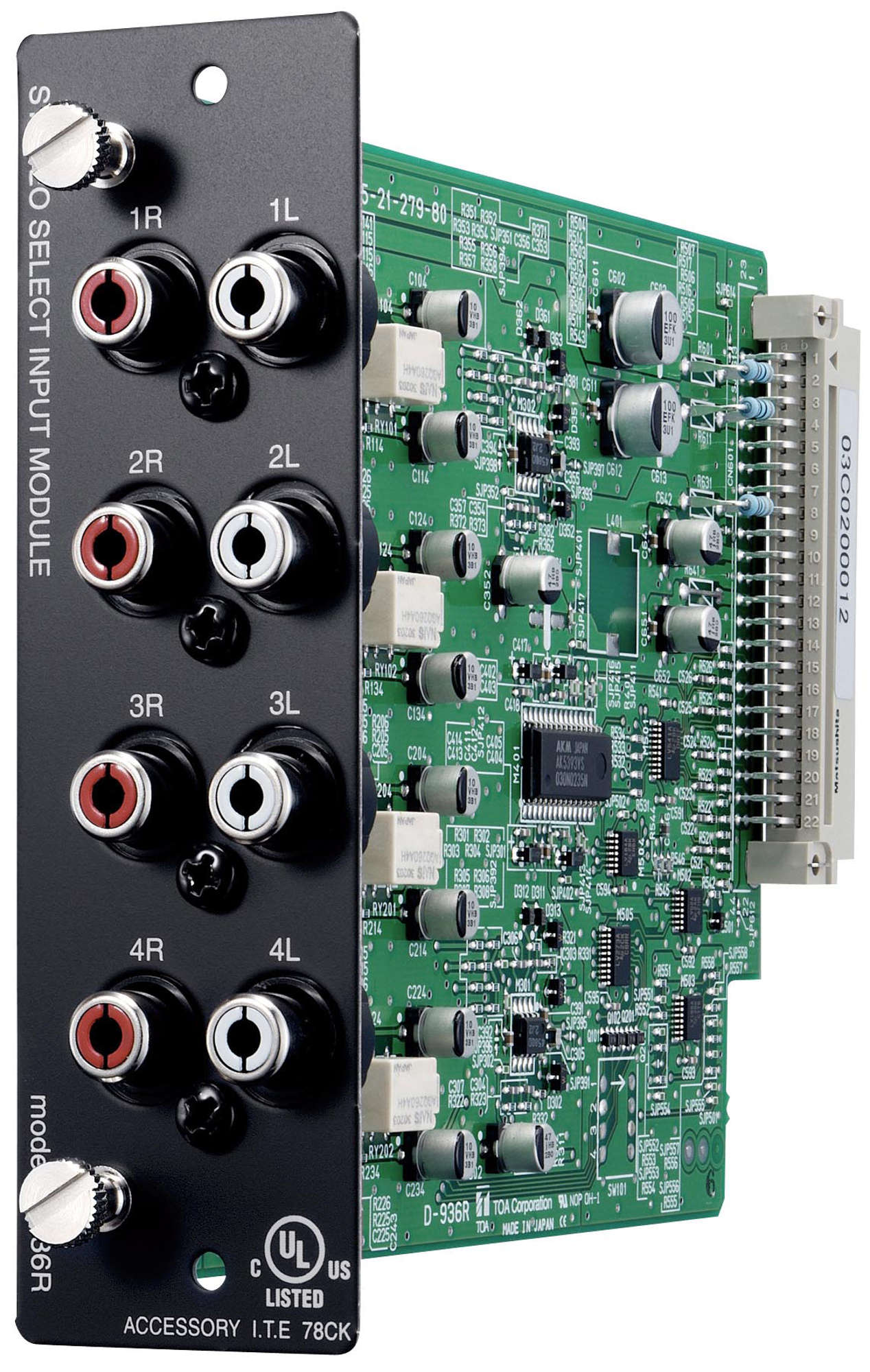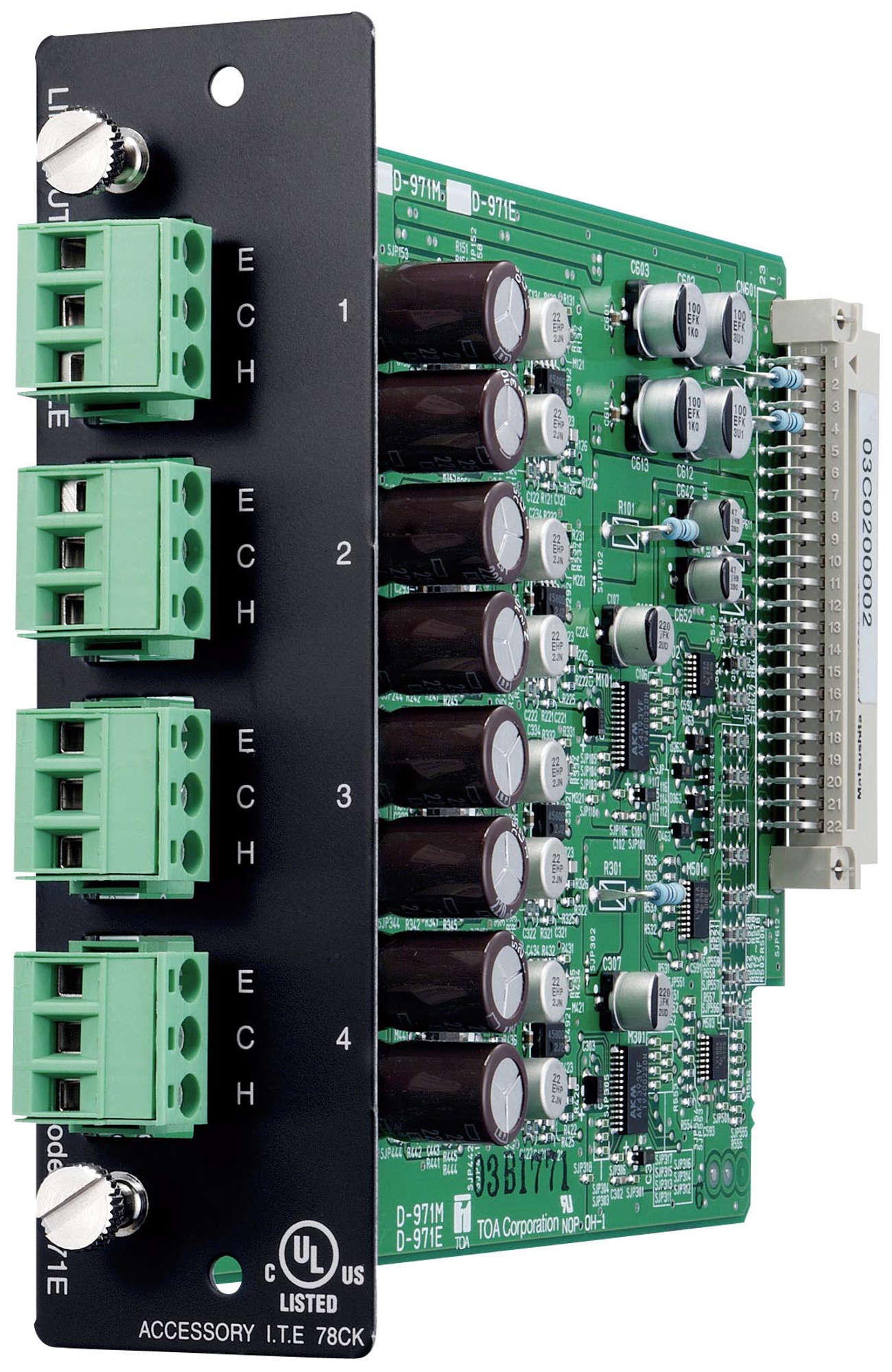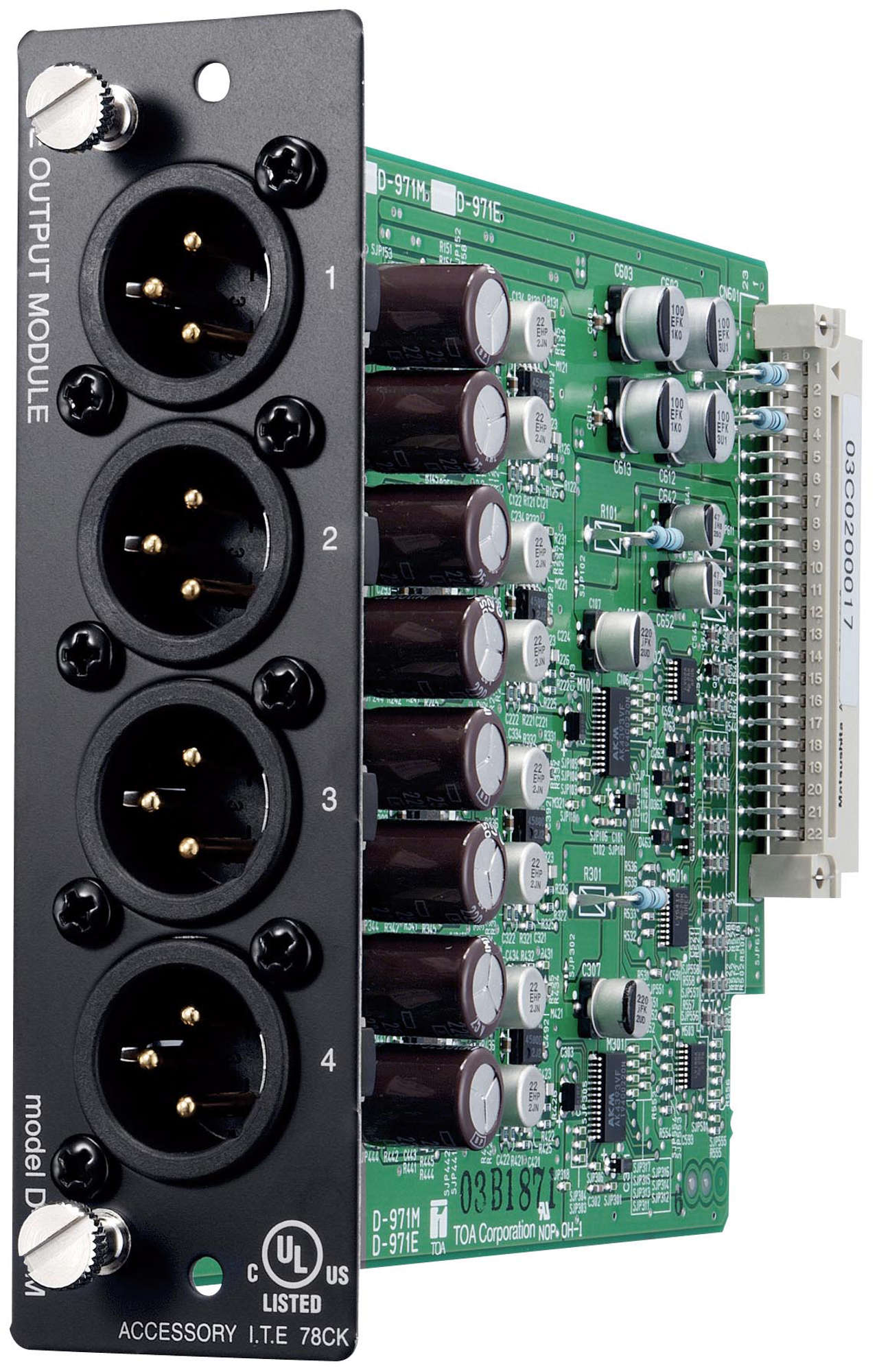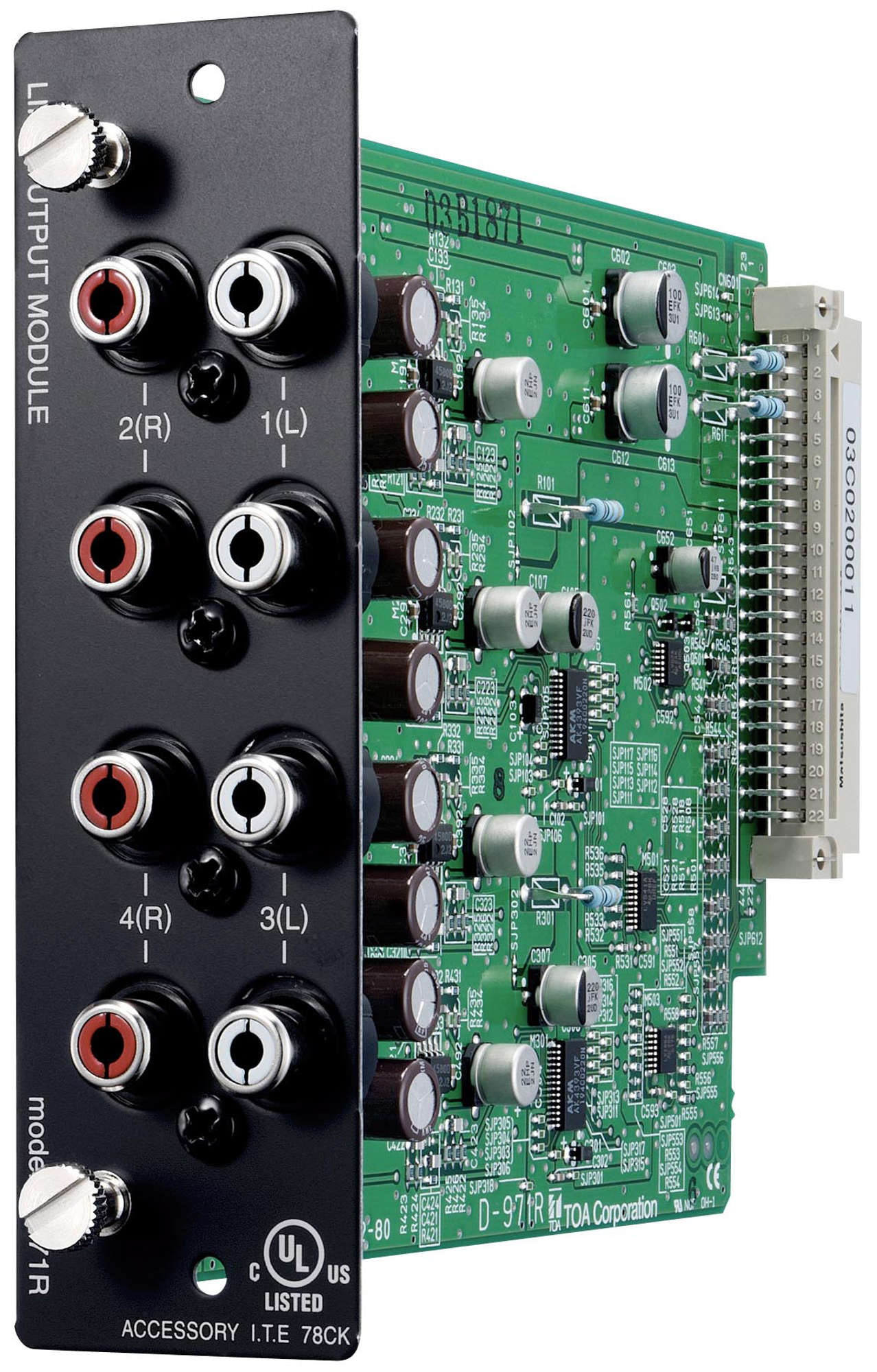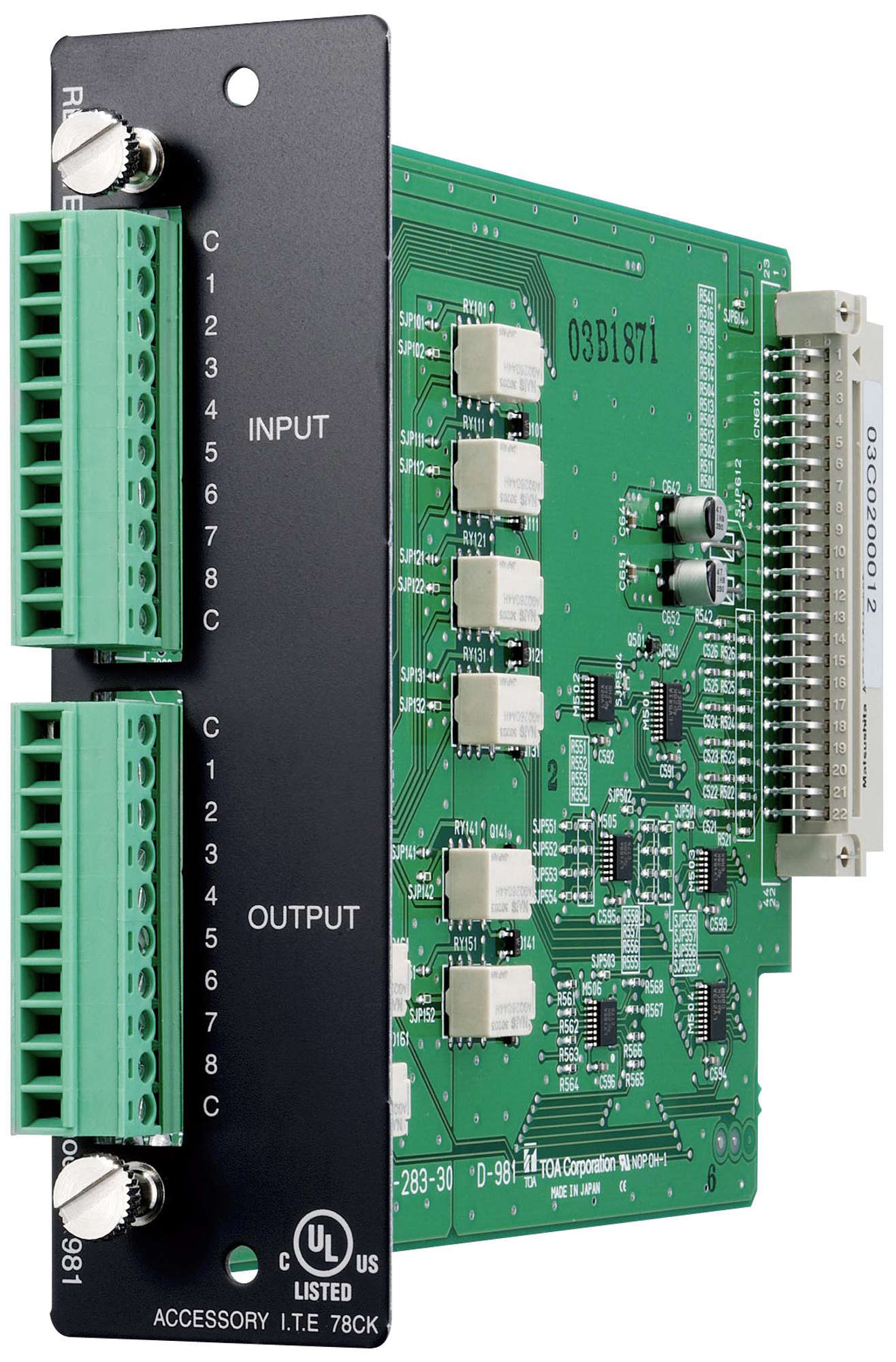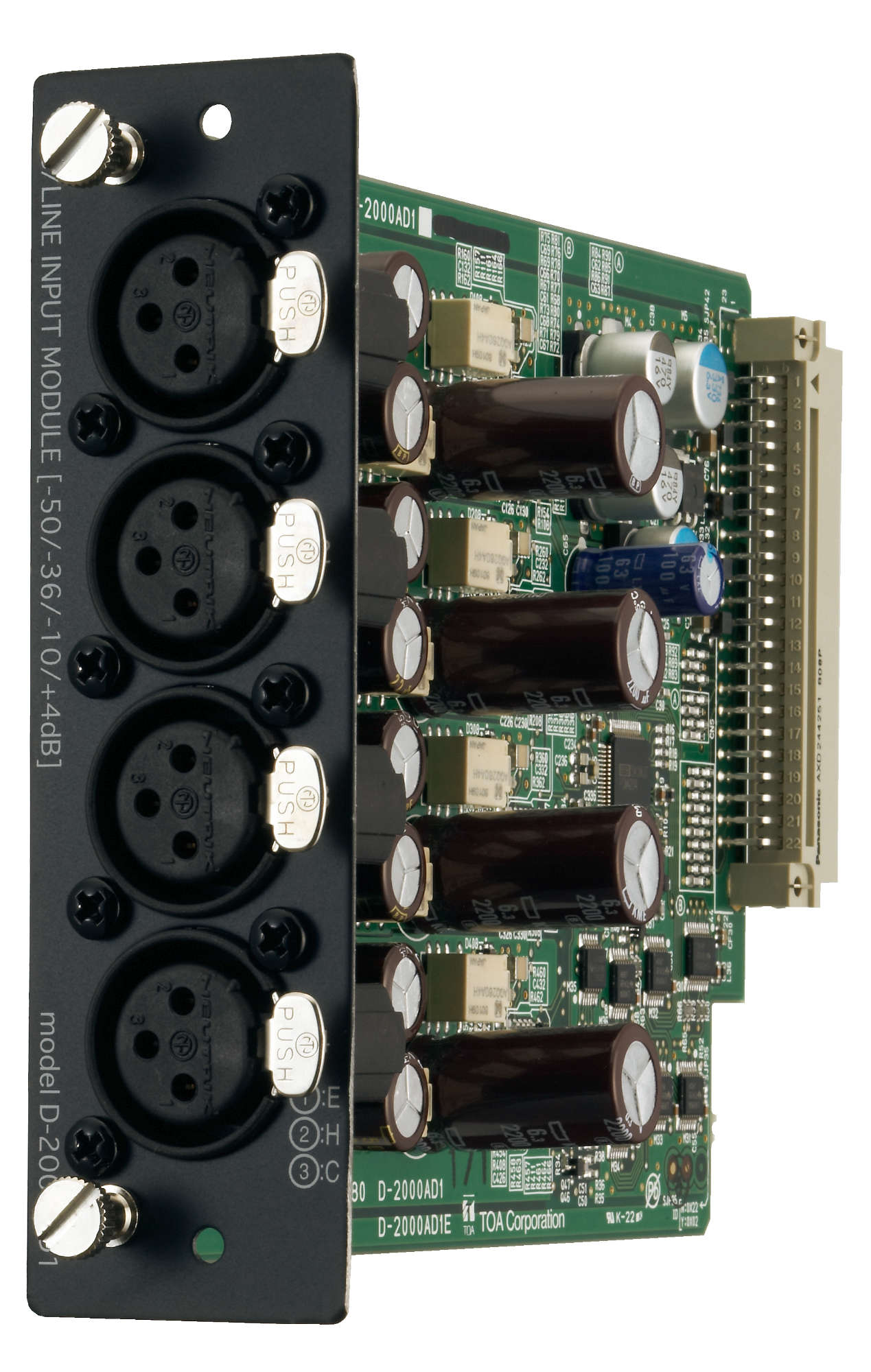
D-2008SP CU
Digital Mixing Processor Unit
D-2008SP
- 32 preset memories for user convenience
- Up to 32 different routing and parameter configurations can be stored for frequent changes in staging, seating and speaker arrangements
- Intuitive GUI
- Mixing console option offers easy user operation
- User-friendly VCA control
Output: Max. 32 channels, modular construction (modules optional)
Monitor bus: 1 stereo input, 1 stereo output
Connector: RJ45 connector Connection cable: Shielded twisted pair (STP) Cat 5 or higher LAN cable (data lines: 2 pairs)
Maximum cable distance: 100 m or 109.36 yd (between D-2008SP and D-2012C)
Headphones: 1 stereo
Filtering:
High-pass filter 20 Hz - 20 kHz, 6 dB/oct, 12 dB/oct
Low-pass filter 20 Hz - 20 kHz, 6 dB/oct, 12 dB/oct
Notch filter 20 Hz - 20 kHz, Q: 8.651 - 69.249
All-pass filter 20 Hz - 20 kHz, Q: 0.267 - 69.249
Low shelving filter 6 Hz - 20 kHz, 6 dB
Horn equalizer 20 kHz, 0 to +18 dB (0.5 dB steps)
Crossover filter: 20 Hz - 20 kHz, 6 dB/oct, 12 dB/oct, 18 dB/oct, 24 dB/oct
Ratio: 1:1, 1.1:1, 1.2:1, 1.3:1, 1.5:1, 1.7:1, 2:1, 2.3:1, 2.6:1,3:1, 4:1, 5:1, 7:1, 8:1, 10:1, 12:1, 20:1, ∞:1
Attack time: 0.2 ms – 5 s
Release time: 10 ms – 5 s
Gain: –∞ to +10 dB
Knee Type: Hard knee, Soft knee 1, Soft knee 2(Auto-leveler mode)
Target level: –20 to +20 dB (1 dB steps)
Maximum gain: 0 to +20 dB (1 dB steps)
Attack time: 10 ms – 10 s
Release time: 100 ms – 10 s
Output: Max. 44 (24 + 4 + 16) bus x 32 channels
Output: Max. 28 (24 + 4) bus x 16 channels
Network Protocol: TCP/IP
Connection Cable: Category 5 or higher shielded twisted pair cable for LAN (CAT5-STP or better)
Maximum Cable Distance: 100 m or 109.36 yd (between this unit and a switching hub or PC)
Module: Remote control module slot x 2
Case: Pre-coated steel plate
Stereo select input module: D-936R
Digital input module: D-923AE
Line output module: D-971E, D-971M, D-971R, D-2000DA1
Digital output module: D-972AE
CobraNet interface module: D-2000CB
Remote control module: D-981, D-983, VCA control module: D-984VC
Please download Datasheet to access full specifications.
Optional Accessory
Digital audio mixing platform with up to 32 channels flexibly configurable in different input / output combinations. Four units with optional CobraNet card to a 128-channel expandable system. Module base frame with rear slots for various input and output modules to the flexible expansion of the system to the desired requirements. The device must feature an associated graphical user interface based on software. All available DSP blocks must be fully usable without capacity restrictions. Thus prevents that DSP limits restrict the parameterization of the system and further functions are no longer available. The mixing platform includes following DSP functions:
Feedback suppressors with 12 filters individually differentiating in automatic and dynamic mode. Automatic mixer with variable NOM parameterization in 4 groups and Ducker function (signal-controlled mute) with different priority levels.
DSP functions of the input channels: trim (gain), pad, attenuator, phase reversal, compressor with 3 transfer characteristics (1 hard and 2 soft knee) and auto leveller function variable low-pass filter, 4 parametric equalizers, car mixing with NOM group assignment.
Mixing matrix with 24 audio buses, bus delay up to 677 ms.
DSP functions of the output channels: attenuator, delay until 1360 ms, compressor with 3 transfer characteristics (1 hard and 2 soft knee), 2-, 3-, 4-way crossover filter slopes up to 24 dB/octave with different characteristics (Bessel, Butterworth, Linkwitz Rayley and variable Q up 69,249) and 6 multi function filter with selectable filter types parametric equalizer, low all-pass filter, notch filter, shelving filter for lows and highs, CD Horn equalization.
32 Configurations in the appliance mains can be saved and via keypad or remote control, configurations directly from front panel buttons available. VU-meter for each input and output channel. LED display for LAN, system status, CobraNet and Word clock.
Access lock on front panel controls individually adjustable. The system must have connections Word clock input and "LinkThru", to be fully usable also for video and Studio applications. Networking of control functions, parameterization and CobraNet standard hardware thus also possible for fibre optic networks apply.
PC based of Windows software can manage all devices in full expansion. Configuration and all parameters can be saved to disk; Display the amplitude, phase and time frequency response; Stereo and universal parameter links; Access lock in different layers for each DSP function, inputs, outputs. In the real time mode display the signal level of the inputs and outputs. Programming the remote control parameter.
Possibility of a simple remote control to the configuration dial, mute, and volume control with control input module. Easy control of the system by AMX, Crestron, cue, and other similar units simply held protocol via RS232C interface or TCP/IP. Different control modules, analog and digital (AES/EBU, SPDIF) input / output modules can be used. Remote control via network through optional high-quality motorized more possible.
Please sign in to access further technical materials such as software, firmware or EASE files.
Get Your Quote.

